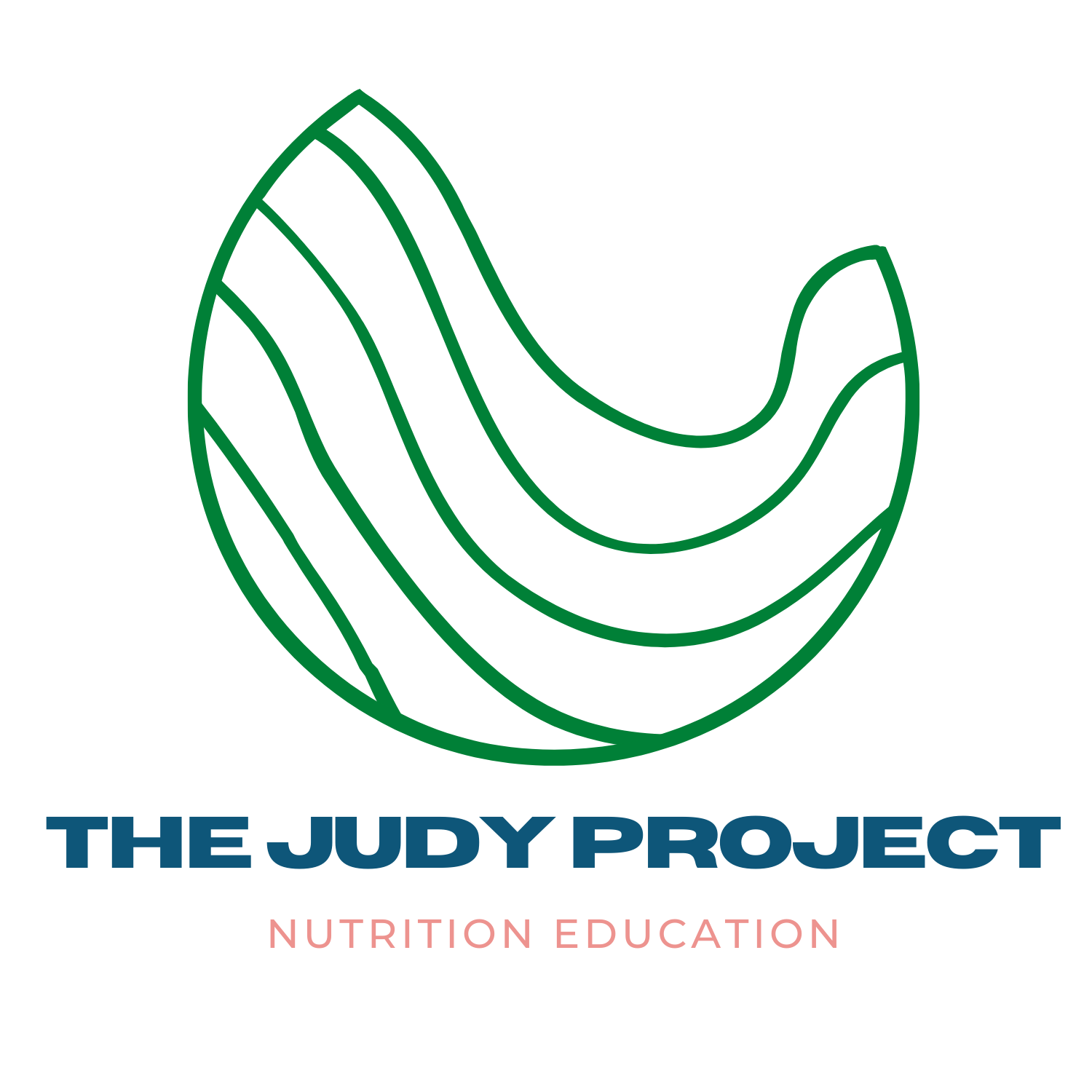What “Eating on Purpose” Really Means (Hint : It’s Not Dieting)
If you think the only way to “eat with intention” is to track every calorie, go low-carb, or try a trendy plan like 75 Hard — think again. As a registered dietitian working with young and middle-aged adults, I give almost all of my clients the same advice: You don’t need another diet. You need to start eating on purpose.
Here’s what that actually looks like — and why it might be the missing piece in your health and wellness journey.
1. Stop Getting Behind on Calories
Let’s say you start the day with coffee and nothing else. Maybe you work through lunch or grab a tiny salad. By mid-afternoon, your energy crashes, and suddenly you're knee-deep in the pantry, wondering how you just inhaled a sleeve of crackers and half a pint of ice cream.
This isn’t about “lack of willpower.” You’re biologically behind on fuel, and your body is trying to catch up — fast.
👉 Skipping meals can lead to binge-style eating later in the day, which often results in eating more total calories, not less. Plus, we rarely binge on blueberries. More often, it’s cereal, chips, or sweets — calorie-dense foods that throw off your goals.
The fix? Eat regular meals and snacks.
Plan for breakfast, lunch, dinner, and snacks that support your activity level. When you stay ahead of your hunger, you’re less likely to overeat and more likely to feel steady, energized, and in control.
2. Focus on Fiber — Not Just Protein
Protein gets a lot of love online — and sure, it’s important. But many people get so laser-focused on protein that they forget the power of fiber, which we only get from carbohydrates.
Here’s why fiber matters:
Helps you feel full and satisfied
Supports regular digestion
Reduces the risk of heart disease, type 2 diabetes, and certain cancers
💡 Most adults should aim for 25–35 grams of fiber per day, but the average American only gets 8–10 grams.
Fiber comes from:
Fruits and vegetables
Whole grains
Legumes and beans
If you're only eating high-protein meals and avoiding carbs, you're likely missing out on this critical nutrient — and sabotaging your chronic disease prevention goals in the process. DOWNLOAD MY FREE FIBER EBOOK HERE!
3. Redefine Meal Prep to Fit Your Life
“Just meal prep!” they say. But let’s be honest — the traditional Sunday meal prep method (cooking 21 identical meals) doesn’t work for everyone.
Instead of forcing a one-size-fits-all approach, ask:
🔍 What’s the real problem I’m trying to solve?
Don’t like cooking? Try no-cook or minimal-prep meals.
Hate eating the same thing all week? Prep versatile components (grains, proteins, veggies) and mix-and-match.
Short on time? Look into healthy frozen meals or meal delivery kits that suit your schedule.
✅ Meal prep isn’t about perfection. It’s about solving the challenges that get in the way of eating on purpose.
For example, in my house, we prep breakfasts and lunches during the week, and rely on a combo of meal delivery and home-cooked dinners. We order from CookUnity or Factor — using these links will get us both a bit of a discount, but this post is NOT SPONSORED.
When I lived alone, I did a full week of prepped meals. What works will change depending on your life phase, preferences, and priorities — and that’s okay.
Eating on Purpose Isn’t Dieting
Intentional eating means:
Planning meals that support your energy and health
Choosing foods that fuel your goals (not just calories or macros)
Avoiding the restrict–binge cycle by staying nourished throughout the day
It doesn’t mean:
Obsessively tracking every bite
Avoiding carbs or labeling foods “bad”
Feeling guilty for eating what your body genuinely needs
If you’ve been feeling stuck, chaotic around food, or like you’re “failing” at nutrition — consider this your invitation to let go of all-or-nothing thinking. Start eating with purpose, not pressure. You don’t need to be on a diet to be intentional.
